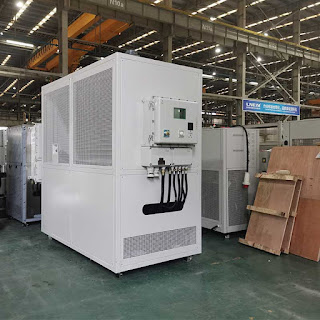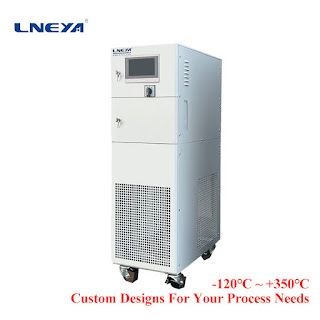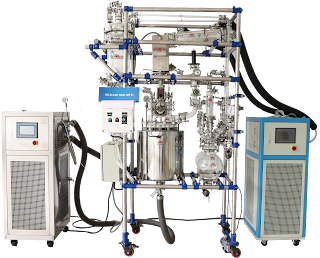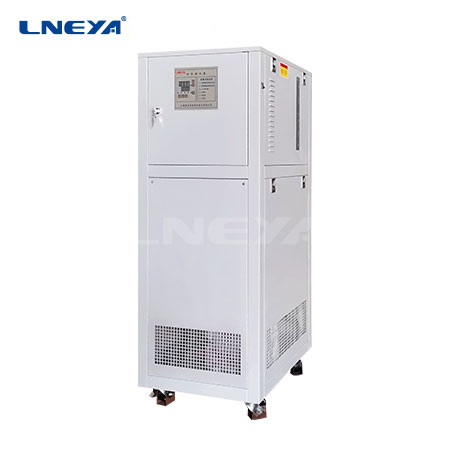The heating temperature control system refers to the ability to provide cooling and heating at the same time, also known as the cooling and heating system, which can provide a wide temperature range. The medium can be heat transfer oil, ethylene glycol solution, water, ethanol, etc.
1. What are the characteristics of the heating temperature control system?
The heating temperature control system is composed of refrigeration system, electric heating, circulation pump, expansion tank, PLC controller, etc. The components are all brand-name, with strong reliability, and can realize a wide temperature range with a lower temperature of -120°C and a higher temperature of 350°C. Temperature control, high temperature, no oil fume, low temperature, no condensation, high degree of customization, can be customized according to the application characteristics of different industries.
2. How to choose the heating temperature control system?
The selection of the heating temperature control system generally needs to provide the application industry, process requirements, site environment, etc. For example, chemical and pharmaceutical industries need to control the temperature of the reactor, and the process requirements of the materials need to be provided: temperature range, temperature control accuracy, and reactor specifications , temperature change rate, whether explosion-proof is required, whether the equipment is air-cooled or water-cooled, etc., Guanya Refrigeration has rich supporting experience in many industries, and can quickly match the equipment to meet the needs according to the content provided.
3. What are the environmental requirements of the heating temperature control system?
The design of the heating temperature control system is mainly for indoor applications. If it is placed outdoors, it must be explained in advance, so as to design and handle different waterproof and dustproof levels according to the site environment; the heating temperature control system equipment is generally divided into water-cooled and air-cooled. Air-cooled needs The equipment site has good ventilation and heat dissipation, and circulating water or chilled water needs to be configured for water cooling; if large equipment is placed on the floor, load bearing needs to be considered.
4. What are the advantages of the heating temperature control system
The heating temperature control system mainly controls the oil temperature of the reactor jacket, and at the same time monitors the return oil temperature, which can directly control the temperature of the material in the reactor, or switch to control the oil temperature of the reactor jacket, with rapid response, which can meet the requirements of the materials in the reactor. Accurate temperature control of the process
5. What is the difference between the explosion-proof heating temperature control system and the conventional one?
For use in hazardous gas areas, only heating temperature control systems that meet explosion-proof standards can be used; common explosion-proof standards include ExdIICT4, ExdIIBT4, positive pressure explosion-proof, etc., and the motors, electrical appliances, sensors, and explosion-proof cabinets used in explosion-proof heating temperature control systems In comparison, the size of explosion-proof equipment will be larger, the cost will be higher, and the delivery cycle will be relatively longer.






.png)









